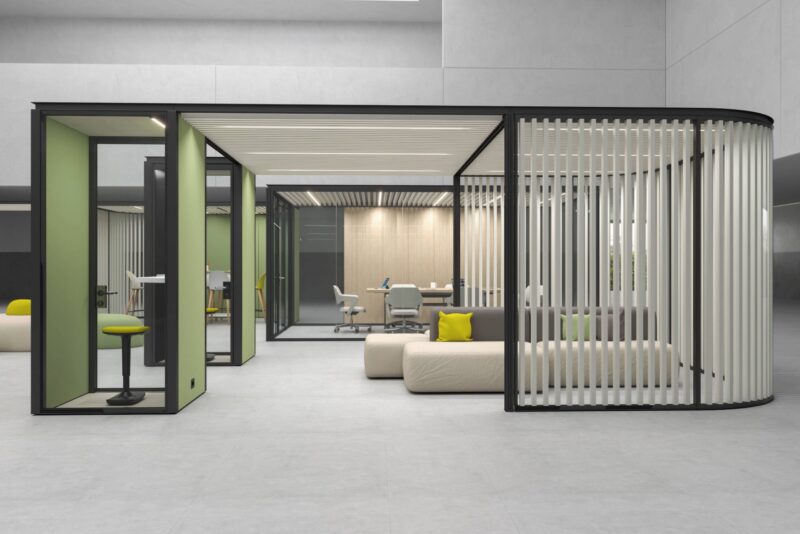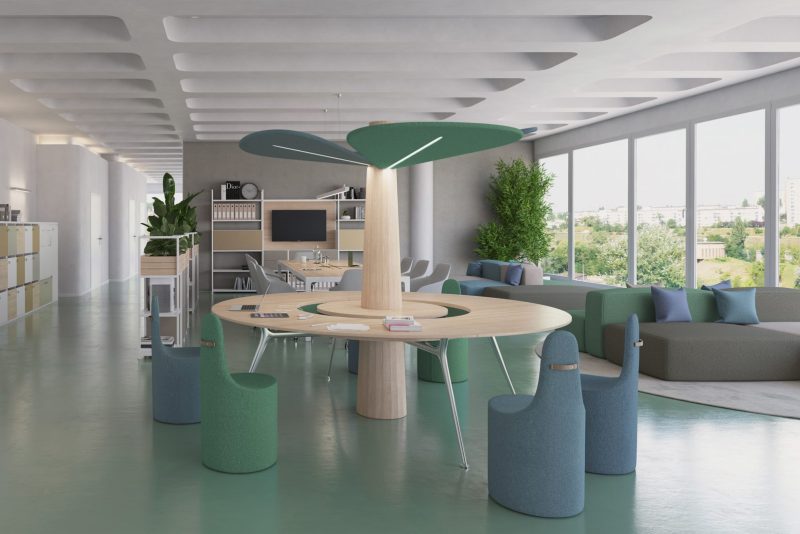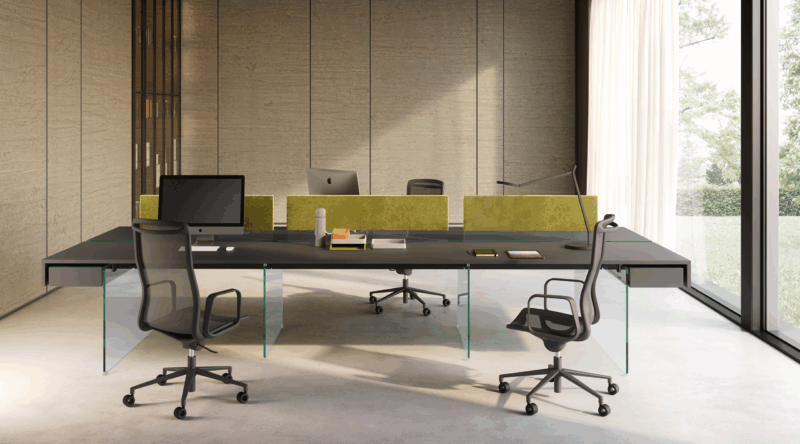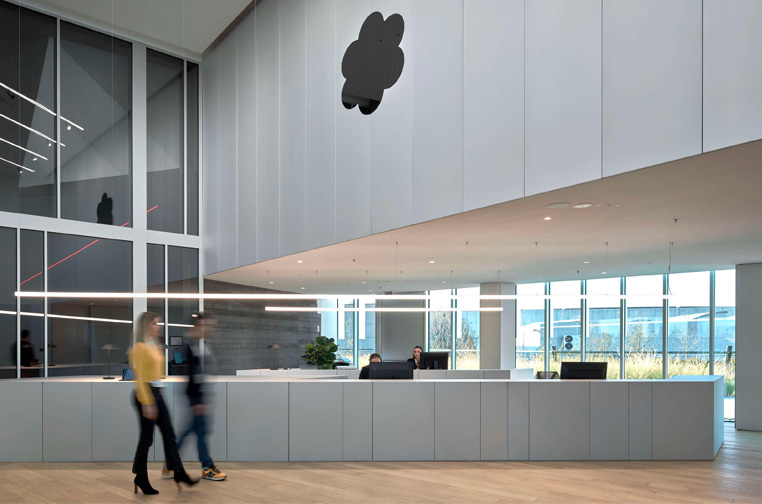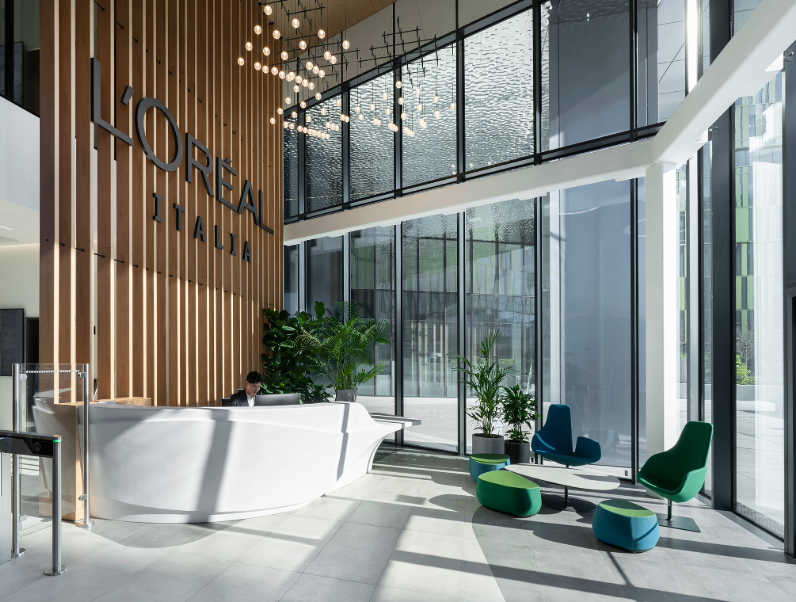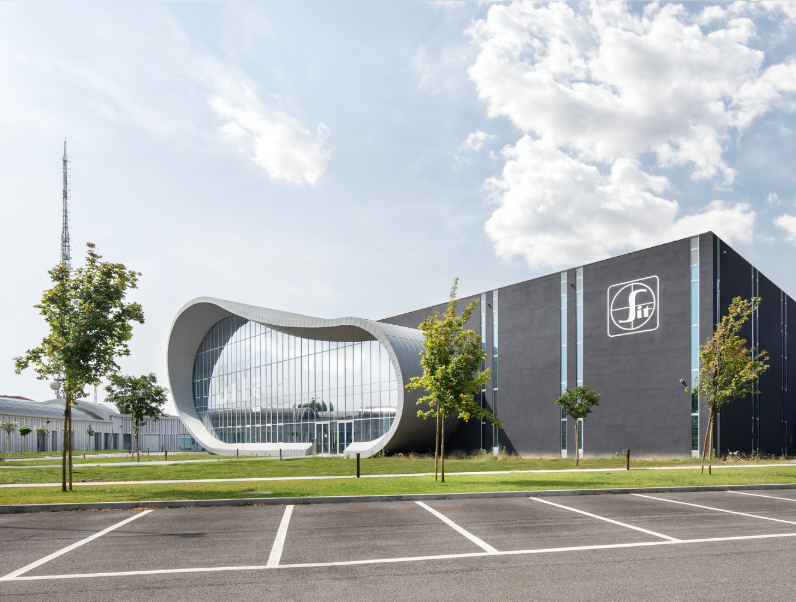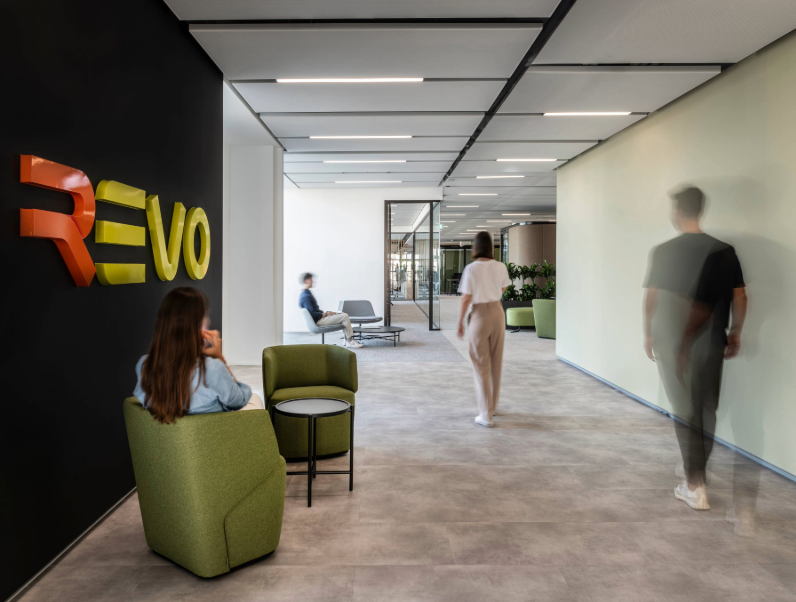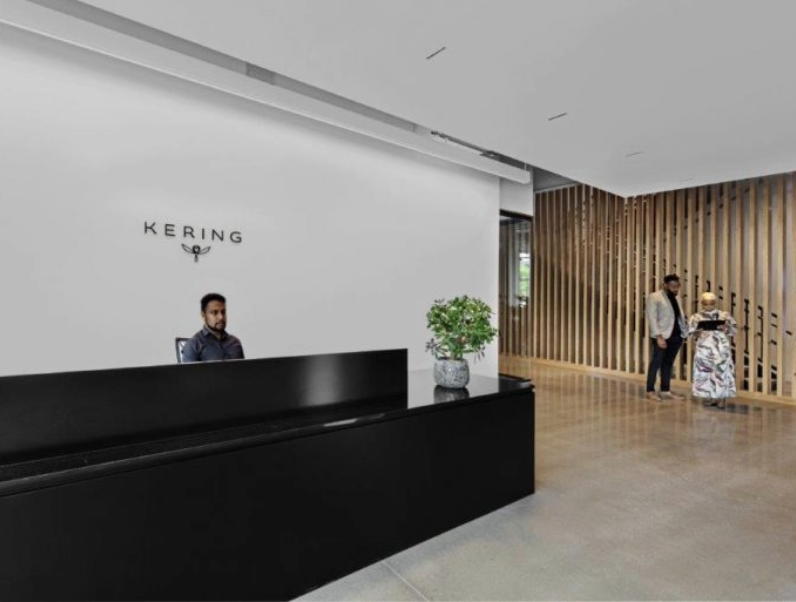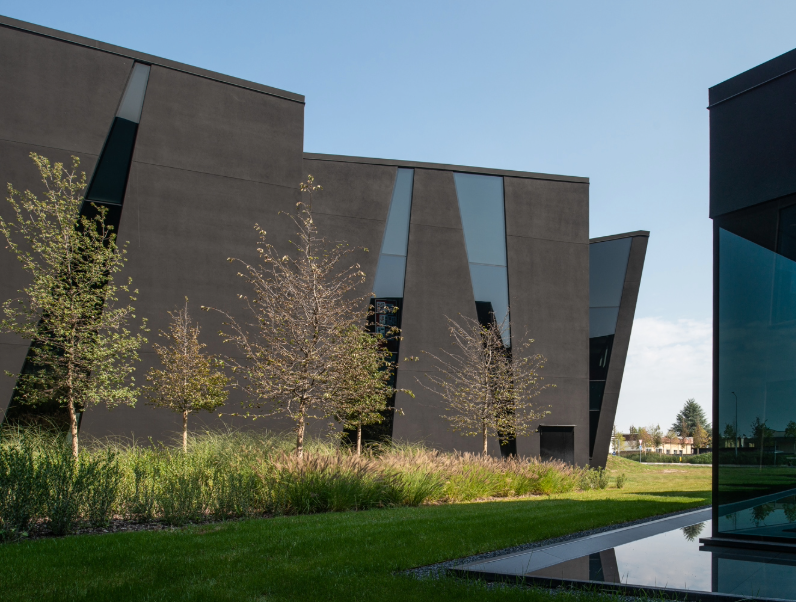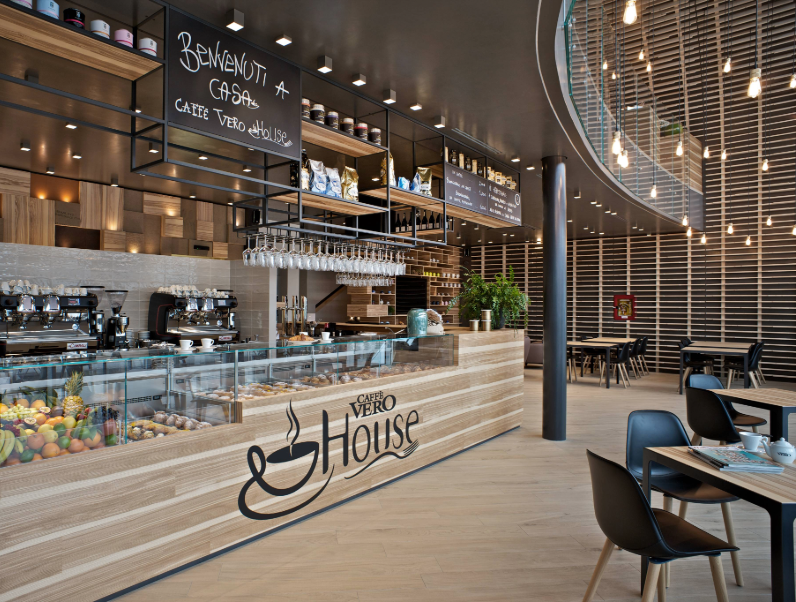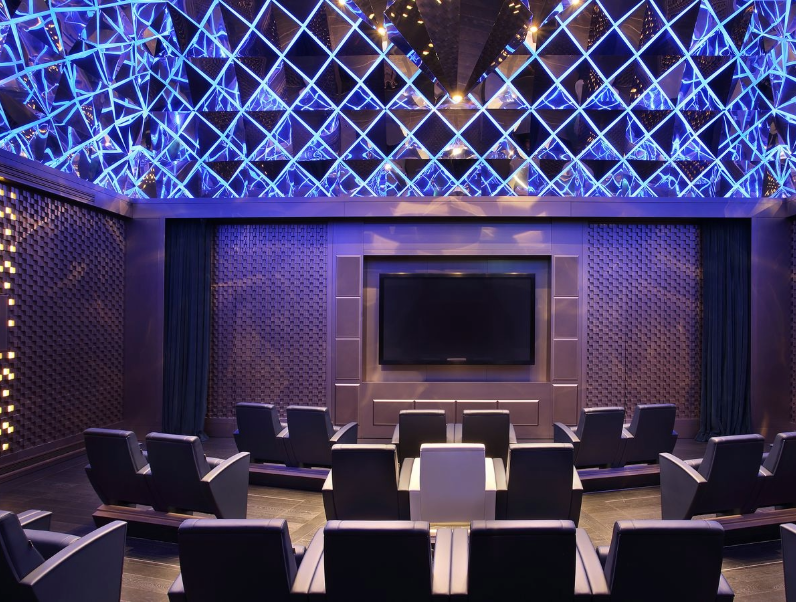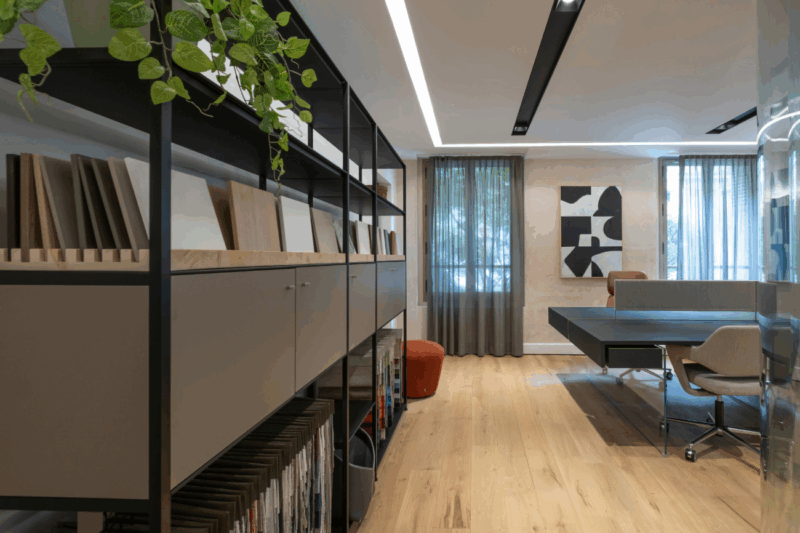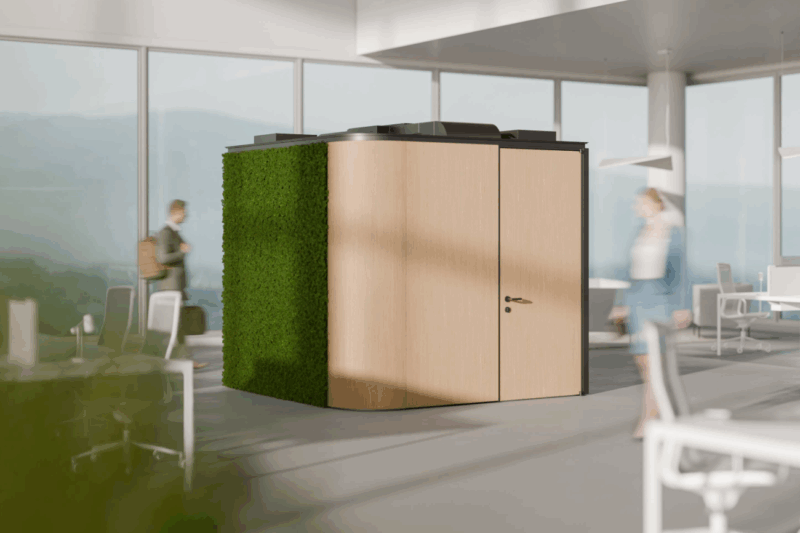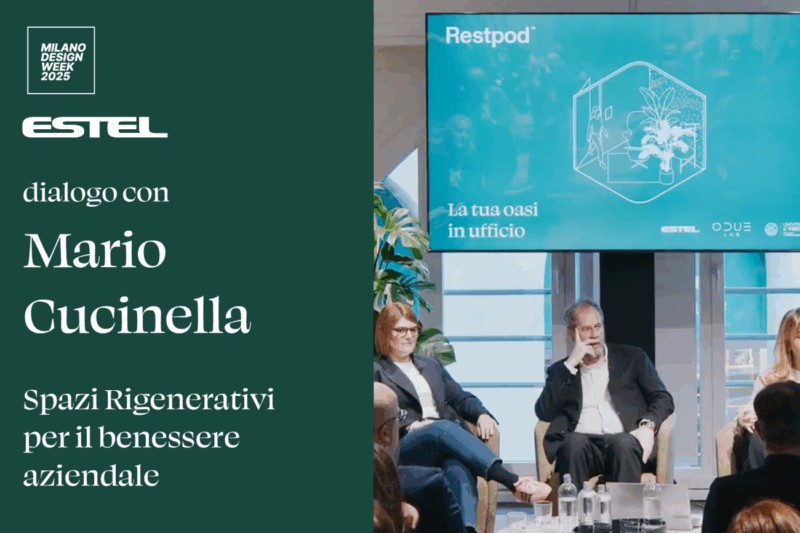Arredamento per ufficio Made in Italy:
soluzioni su misura per tutti gli spazi lavoro
Con oltre 80 anni di esperienza nel settore dell’arredamento e più di 40 anni nella progettazione e realizzazione di mobili per l’ufficio,
Estel è un’azienda che risponde con ingegno ai cambiamenti e alle sfide del mondo del lavoro, con soluzioni sempre più versatili e innovative.
Alle classiche postazioni operative e direzionali affianca moderne proposte d’arredo dedicate agli spazi condivisi,
come sale meeting e coworking; dedica attenzione al lavoro agile, sia in sede che da remoto, con soluzioni pratiche e multifunzione.
Inoltre, progetta uffici in cui convivono aree operative e di relax e accoglienza, per ambienti che favoriscono
il benessere e la produttività delle persone.
“Innovazione e benessere sono al centro di un nuovo modo di vivere e progettare gli ambienti di lavoro. L’ufficio diventa uno spazio accogliente come la casa. Prende forma da soluzioni progettuali connesse, smart e intrise dello stile made in Itlay, che predilige il bello ma non tralascia la funzionalità del design.”
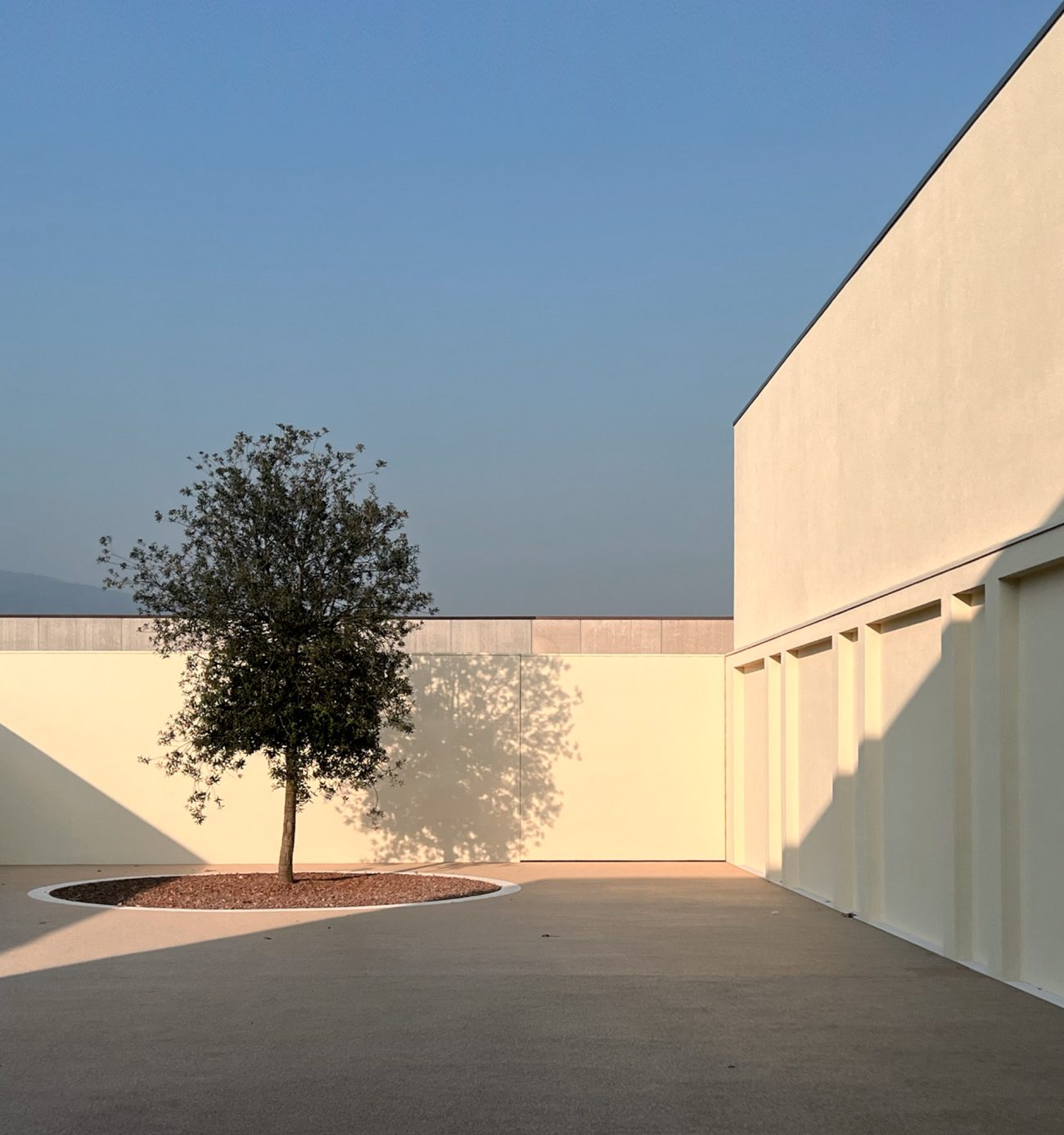
Esperienza, sperimentazione,
evoluzione
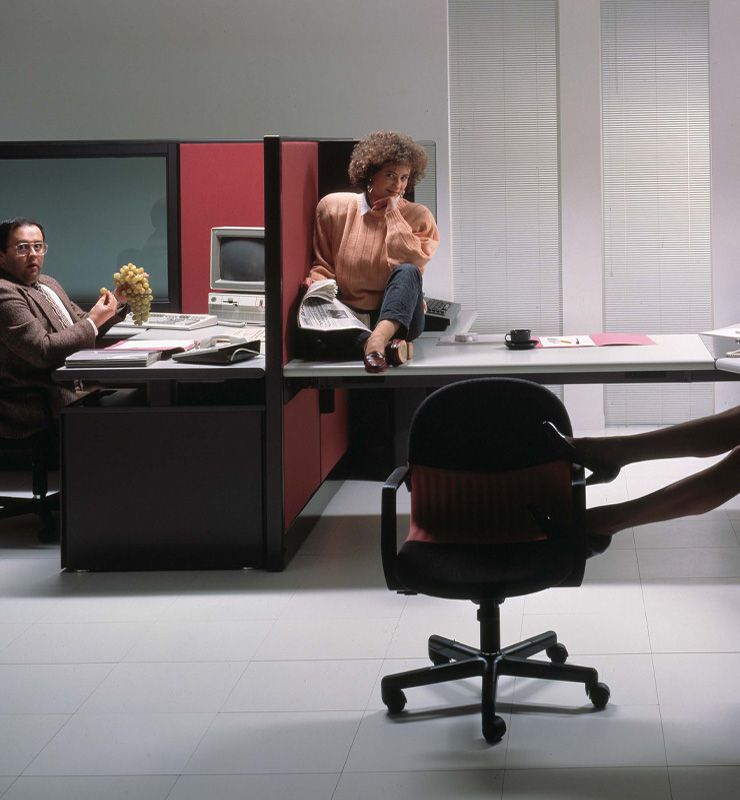
Dalla visione lungimirante del fondatore Alfredo Stella a quella del figlio
Alberto, Estel è sempre rimasta un’azienda al passo con i tempi.
Dall’esperienza maturata nell’arredo casa, in meno di dieci anni è diventata leader nel mercato italiano dell’arredo ufficio, grazie a investimenti strategici in tecnologia e produzione. Oggi, giunta alla terza generazione, propone una visione di ibridazione tra spazi ufficio-casa, per rispondere alle nuove esigenze di interconnessione, funzionalità e benessere.
Italian Smart Office
È il brand dell’azienda che ridisegna l’idea dello spazio casa-lavoro in ambienti moderni pensati per favorire il benessere e stimolare la produttività; dove spazi operativi, aree di concentrazione e zone relax si fondono insieme in un layout flessibile e interconnesso.

Realizzazione L’Oréal Italia
Per la nuova sede di L’Oréal, lo studio Lombardini22 ha progettato ambienti in cui design e funzionalità si fondono per generare comfort, familiarità e connessione.
Estel ha affiancato il team di progettazione nella realizzazione degli arredi, contribuendo con soluzioni pensate per supportare le dinamiche del lavoro contemporaneo.
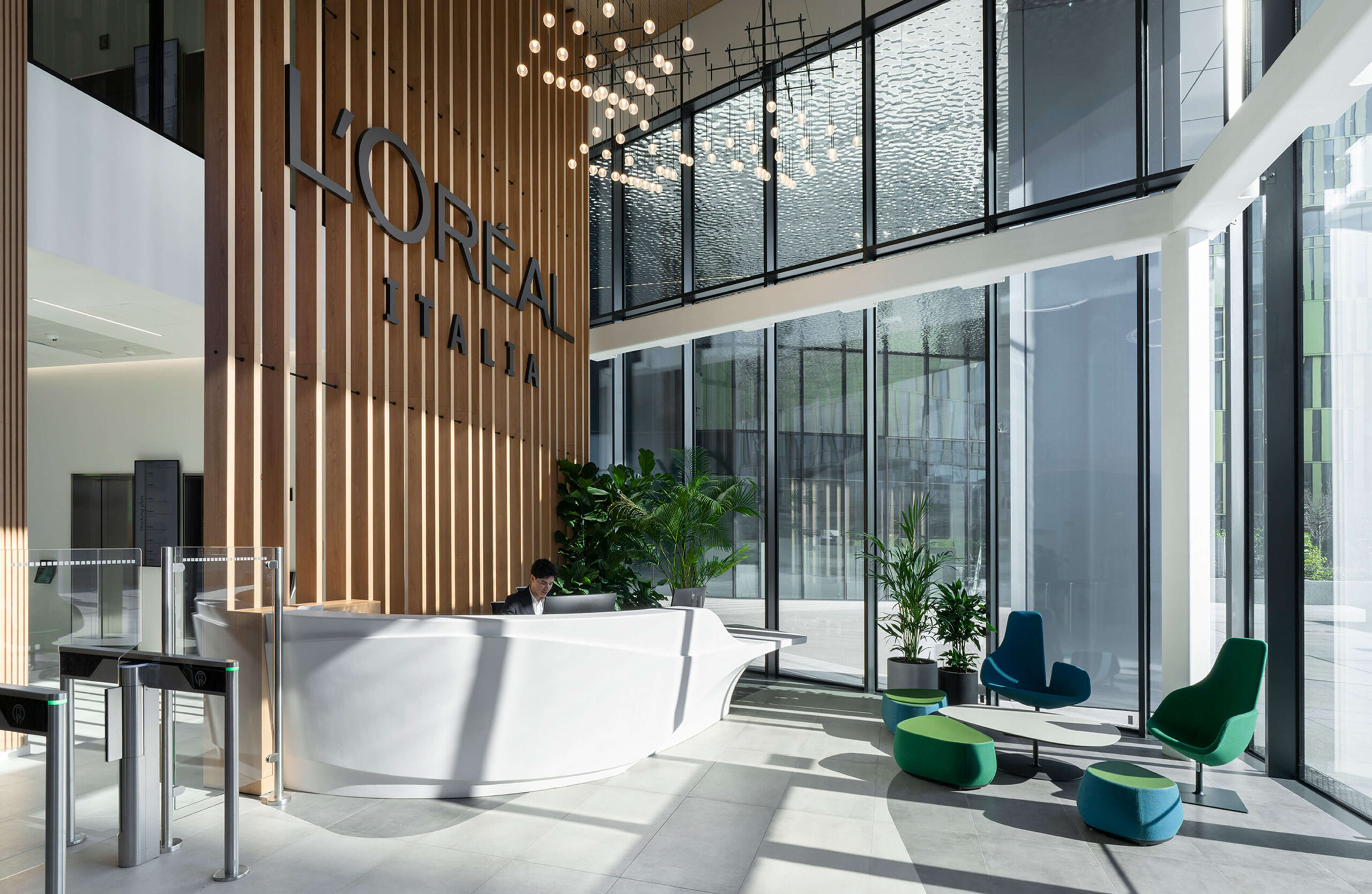
Servizio end-to-end:
dalla consulenza alla realizzazione
Alta personalizzazione
Soluzioni su misura per rispondere
a ogni esigenza progettuale

Massima professionalità
Competenza ed esperienza
per progetti curati nel dettaglio

Qualità Made in Italy
La bellezza del design e il valore dei materiali
uniti alla funzionalità

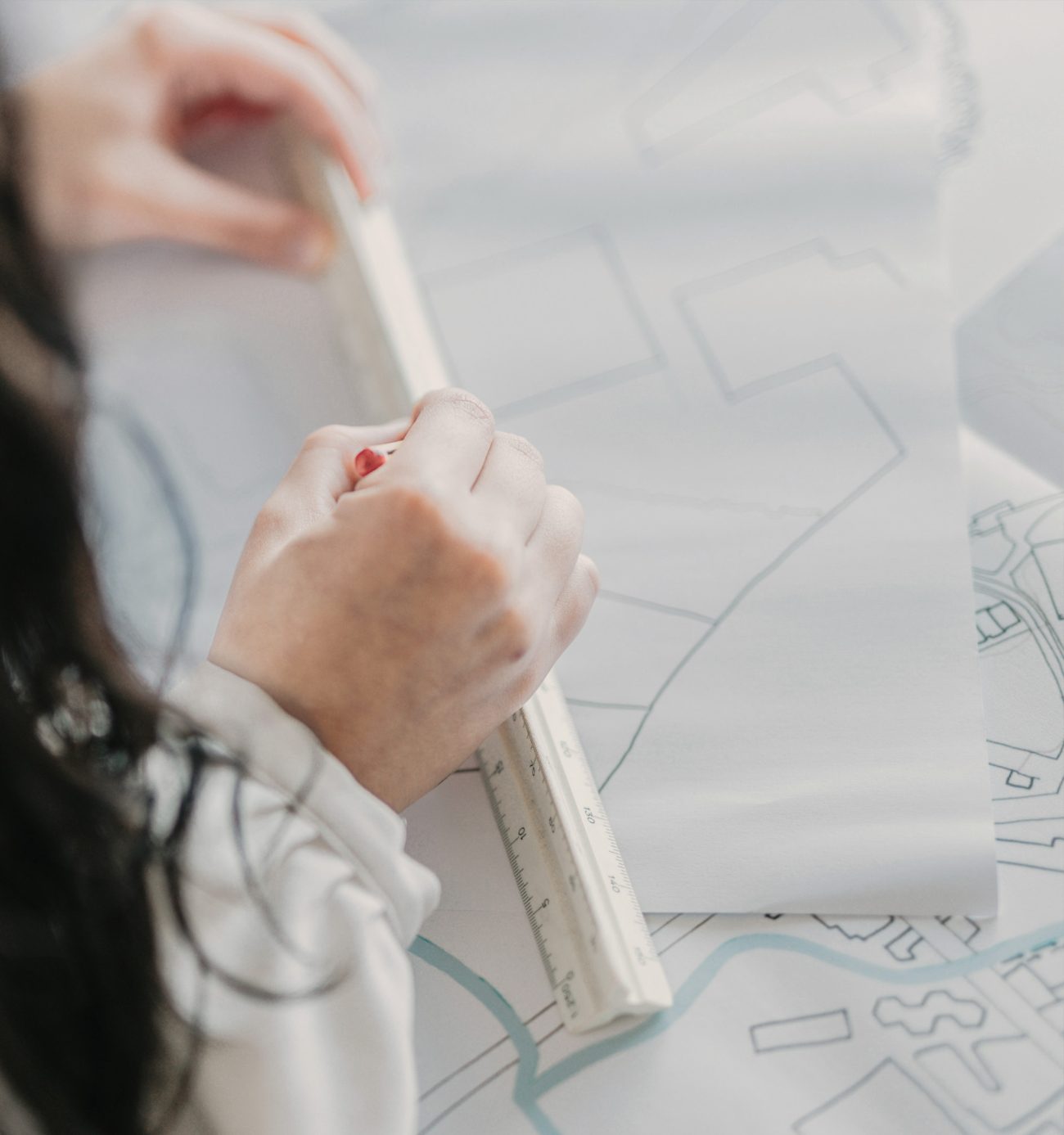
Al fianco di architetti
e progettisti
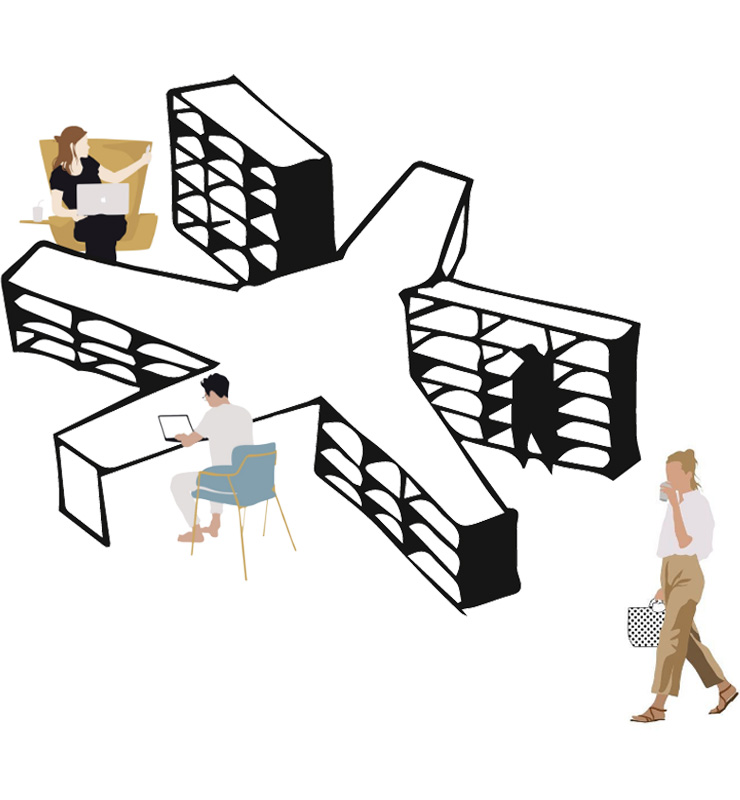
Offriamo supporto e consulenza a architetti, space planner e piccole o grandi aziende che necessitano di spazi lavorativi sempre più tailor made, attraverso un’ampia e diversificata proposta di arredi per l’ufficio.
Designer
Gli arredi Estel sono frutto di un design
che si distingue per stile e qualità.
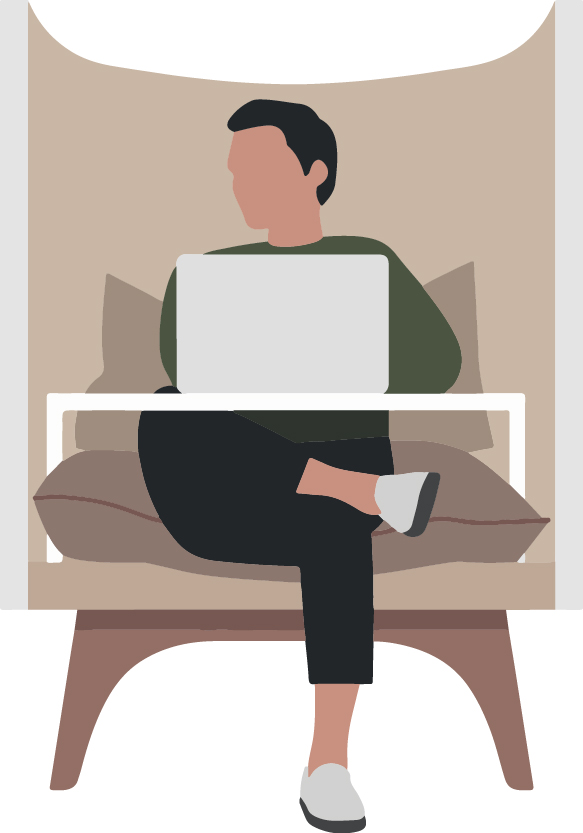
Sostenibilità
I prodotti Estel sono realizzati secondo criteri di
eco-sostenibilità, sia per i materiali che per i processi.

Showroom
Esplora le collezioni Estel all’interno dei nostri spazi espositivi dedicati in Italia e nel mondo.

